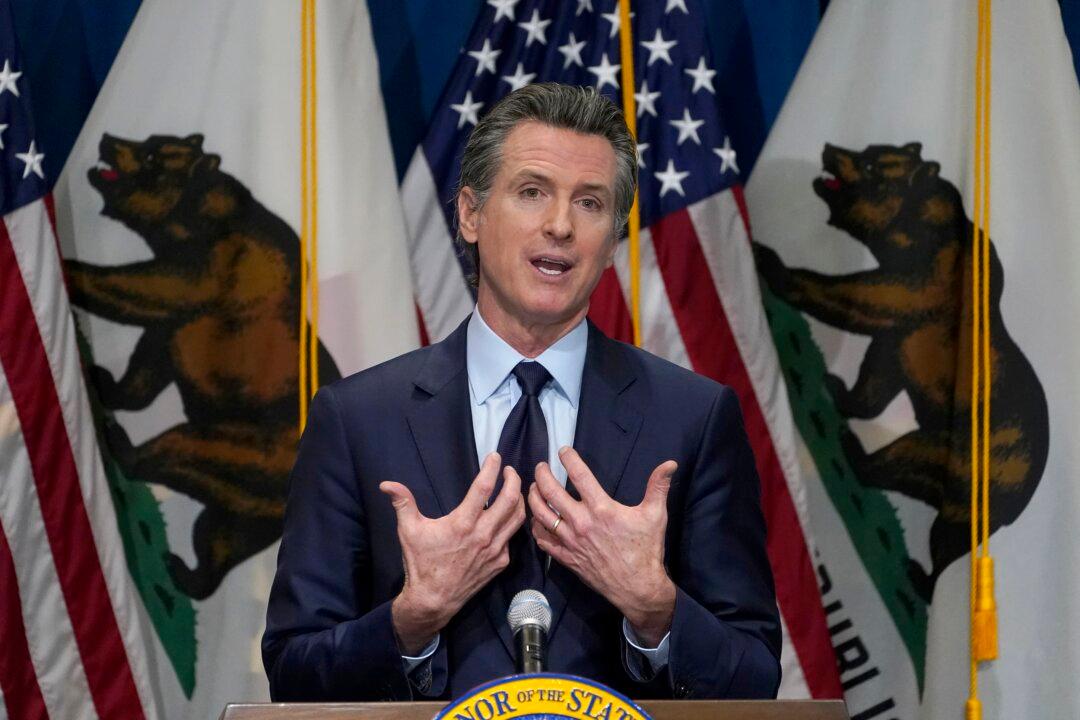Commentary
California Gov. Gavin Newsom has signed into law a $262.6 billion budget for 2021–22, which runs from July 1 to June 30, 2022.

California Gov. Gavin Newsom has signed into law a $262.6 billion budget for 2021–22, which runs from July 1 to June 30, 2022.